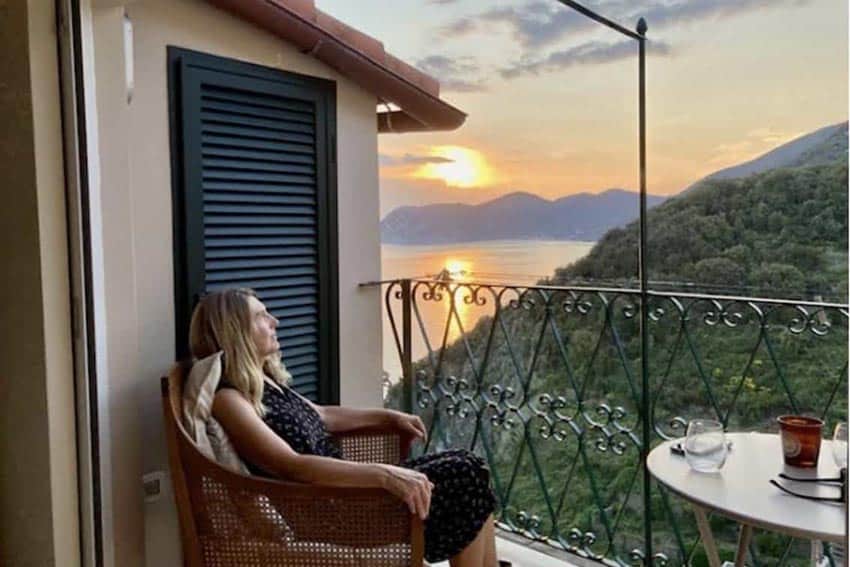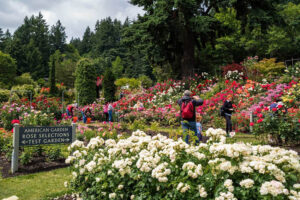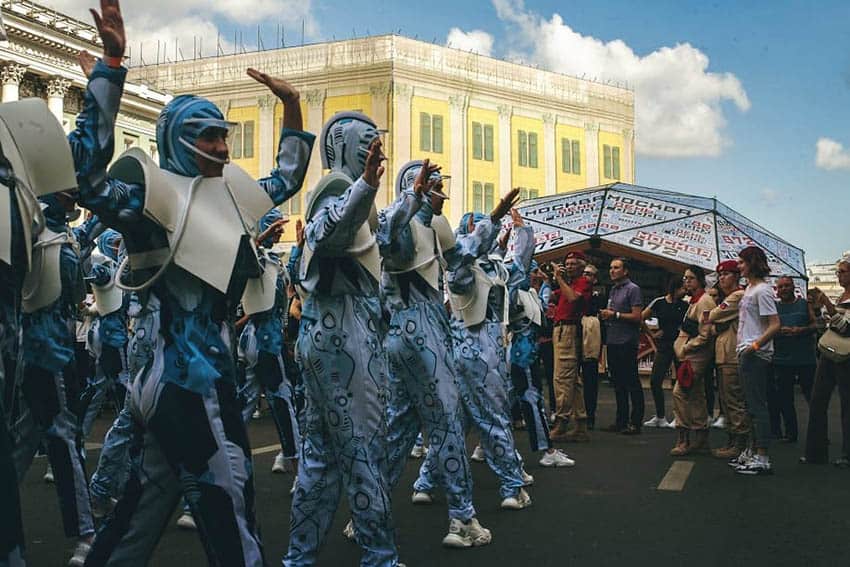
Celebrating the 872nd Birthday of their Capital City, Moscow
By Andy Christian Castillo
Robots danced in the street ahead of me.

Their football-like helmets topped broad white shoulder pads, distinguishing the dance troupe from Moscow’s cityscape behind them.
They performed in front of a semi-circle audience that had materialized a few minutes before from a crowd of thousands meandering down Tverskaya Street in the heart of the city.
Their blue jumpsuits swiveled and dipped in time to the electronic music blaring from speakers overhead.
Celebrating the City’s Birthday
Known as Moscow City Day, the annual late-summer festival celebrates Moscow’s birthday on the second weekend of September each year.
It features free events across the city of nearly 12 million people – open-air music, theater performances, kids events, food, classes, circus acts and sporting exhibitions such as BMX jumps.
The theme for this year’s City Day, which this year recognized Moscow’s 872nd birthday, honored the VDNH, an exhibition center created in Moscow under Soviet rule in the 1930s. The center turns 80 this year.
Up and Down Tverskaya Street
Up and down Tverskaya Street, which was closed to cars and guarded by soldiers standing at checkpoints, four distinct areas recognized different aspects of the VDNH center, which is situated elsewhere in Moscow.
The first area focused on the park’s early years (it was created by the state to host annual trade shows, inspired by the world’s fair as it was in the early 1900s).

The second area of Tverskaya Street focused on a number of pavilions in the VDNH museum that were built to represent former Soviet republics and Russia’s largest space museum, the Cosmos Pavilion.
The third area VDNH’s role as a meeting place in Moscow and the fourth area featured sporting events.
Remnants of the Soviet Union
For an American traveler like myself who hails from a rural town in the western part of Massachusetts, wandering through Moscow’s City Day festival was an experience, unlike anything I’d ever encountered before.
Russian culture, dripping with remnants of the Soviet Union, is different than that of America.
Dance troupes, garbed in absurd costumes – sharks, penguins, the robots – broke out in flash-mob style dances. Musicians crooned and rocked from temporary stages, singing state-sanctioned Russian anthems.
Further down the street, children climbed a rock wall as stilted performers dressed as birds stepped awkwardly about. A brass band blared in front of a large screen playing a video loop of idyllic scenes of Moscow.
Above, two tightrope walkers, backlit against a bright blue sky, tiptoed over the street five stories up. Onlookers around me craned their heads and shielded their eyes, trying to get a better look.
One slipped and fell, swinging down into a harness. The crowd gasped.
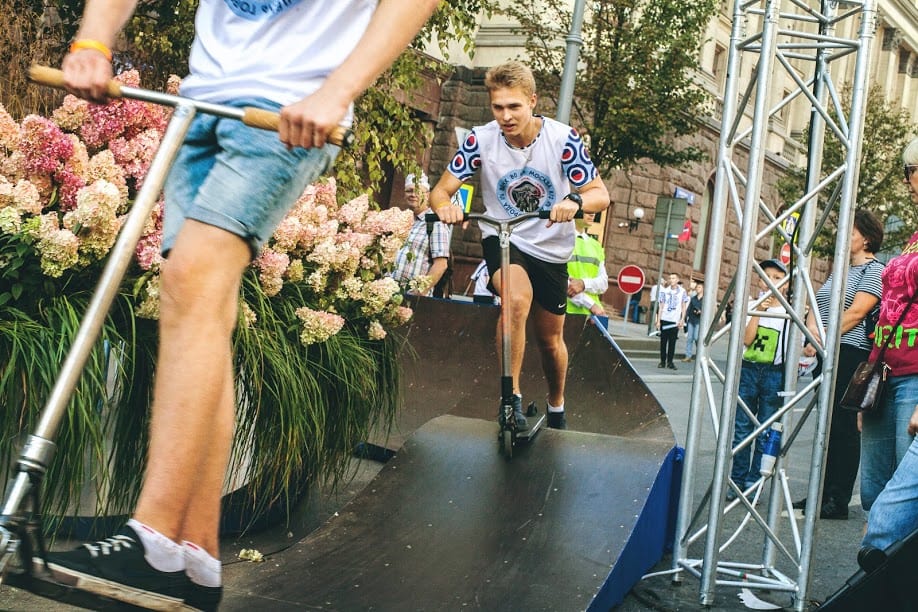
The Moscow City Day is organized annually by Moscow Seasons, which hosts various festivals and events in the city throughout the year including a holiday-themed festival around Christmastime.
In comparison to other European cities like St. Petersburg to the north, Moscow doesn’t have the same architectural beauty or thriving tourism base, according to my guide.
Yes, there are incredible buildings in Moscow – some are breathtaking, even – such as St. Basil’s Cathedral, the Kremlin and the Seven Sisters skyscrapers, which were designed in the Stalinist style during Soviet rule.
At the same time, it’s a utilitarian city situated along Moskva River that covers an area of more than 400 square miles. It’s a massive city that can be described as imposing rather than charming.
Because of that, my guide noted that it’s often overlooked by tourists looking for a new travel destination. The festivals are a way to bring people into the city.
I found this to be the case. Moscow City Day’s performances, while strictly choreographed, provided a glimpse into Moscow’s current art scene and into Russian history at large.
Elsewhere, at the VDNH center itself (which was converted into a museum after the Soviet Union fell in 1991), the nation’s history is prominently on display. Symbolism remnant from the Soviet era is plainly evident throughout the center’s 800 acres.
The VDNH center
Leading into the park, a hammer and sickle emblem can be seen at the top of a massive pavilion. Five-pointed stars are at the top of posts leading up to a massive white building, which is framed by red flowers.
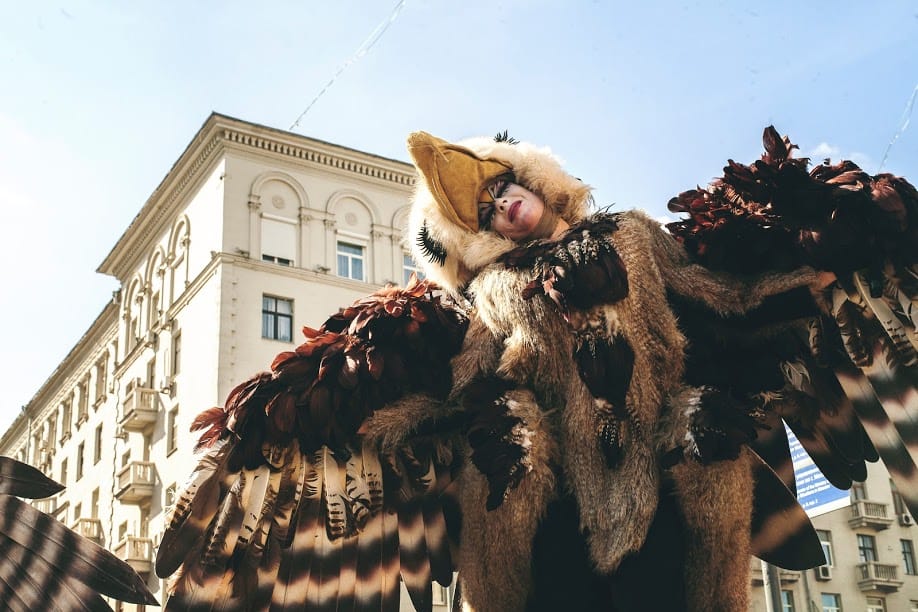
A fountain nearby features gold-plated statues of women, one for each of the regions of the former Soviet empire.
Ornate buildings, one for each of the same – Kyrgyzstan, Belarus, Uzbekistan, Karelia, Ukraine, North Caucasus, Turkmenistan and Armenia (Georgia’s building was destroyed) – are situated around a sprawling square.
At the other end, Russia’s national cosmonautics museum was situated in an industrial-looking building behind a preserved rocket.
Inside, I learned about the space race from Russia’s perspective – successfully putting the first person in space, then failing to get an astronaut to the moon.
Along with its history, Moscow’s art scene (both past and present) was also on display at the festival.
While many of the dance troupes felt unauthentic and contemporary, other performances were influenced by something deeper – Russian tradition.
I experienced this full-force on the last day of my stay in Moscow at Tchaikovsky Concert Hall, where I attended a concert directed by Nikolay Rimsky-Korsakov.

Typically, I’m not one who seeks out opera or classical music. But for two hours I listened in rapture to a baritone, identified by his penguin coattails and rich voice, as he sang to a crowd of hundreds.
Behind him, a choir dressed in colorful traditional Russian clothing sang above a 24-piece band, playing mostly string instruments and directed by Rimsky-Korsakov.
At the end of one song, the baritone ended with such enthusiasm that he almost fell over – catching himself at the last minute.
“Bravo!” came calls from the audience. “Bravo!”
Women, clutching large bouquets of long stem red roses, practically threw them at his feet.
He accepted their gifts with grace and a wide smile, obviously enjoying himself in the moment.
I left Russia on that note – remembering the baritone and his passion for life.
- Chefchaouen, Morocco: The Hashish Farmer’s Home - January 13, 2020
- Moscow: Colorful Architecture Steeped in Military Tradition - December 23, 2019
- Moscow City Day Means Happy Revelers in Russia - September 16, 2019


